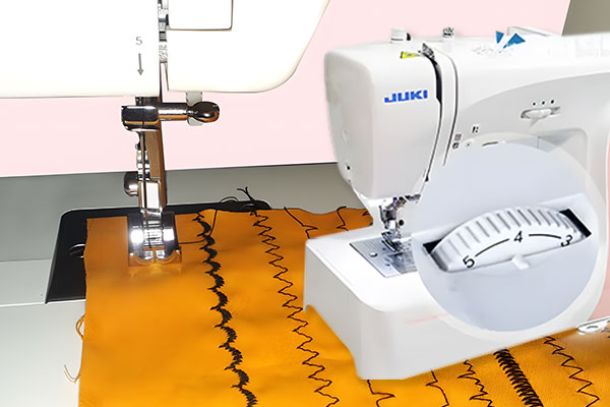1. Poor Quality or Aged Thread
Cause: Inconsistent thread thickness, insufficient tensile strength, or brittleness due to prolonged storage.

Solution:
-
Use high-quality threads (e.g., polyester or silk threads).
-
Inspect the thread for moisture damage or aging, and replace if necessary.
2.Improper Tension Adjustment
Solution:
-
Recalibrate the tension dial (start with the midpoint setting and fine-tune based on fabric type).
-
Observe the stitch formation to ensure the upper and bobbin threads interlock evenly within the fabric.
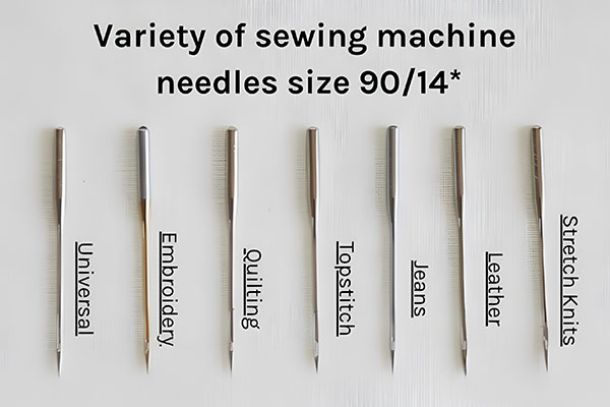
3. Needle Issues
Solution:
-
Select the appropriate needle size for the fabric (e.g., size 16 for heavy denim, size 9 for delicate silk).
-
Replace needles regularly (recommended every 8-10 hours of sewing).
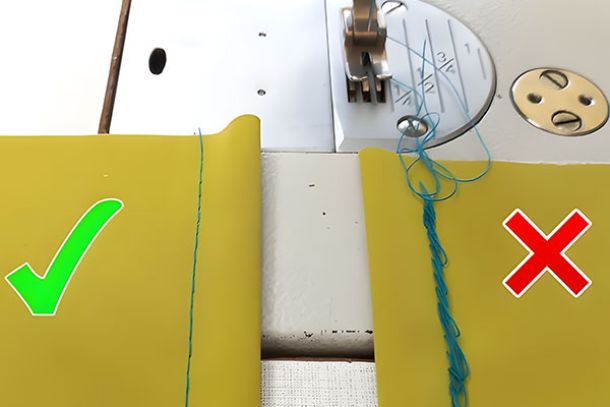
4. Incorrect Threading
Solution:
-
Re-thread the machine according to the manual, ensuring the thread passes through all guides and tension mechanisms.
-
Inspect the needle eye for burrs and replace the needle if necessary.
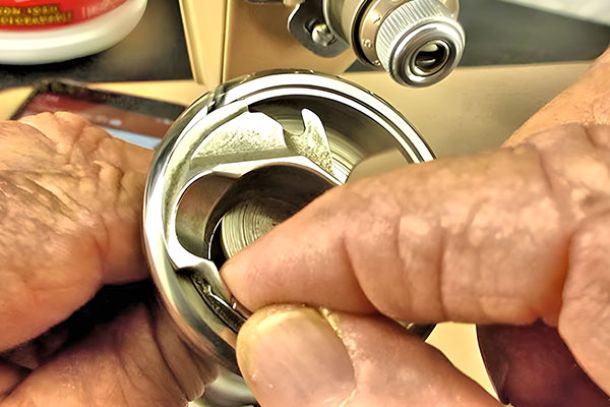
5. Throat Plate or Bobbin Case Wear
Solution:
-
Smooth the throat plate hole edges with fine-grit sandpaper.
-
Inspect the hook for smoothness and replace worn components if needed.
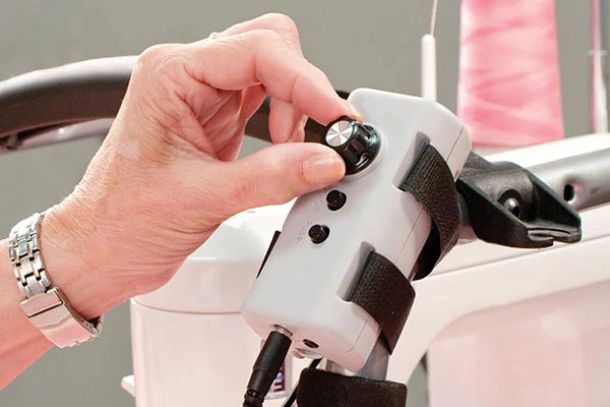
6. Excessive Sewing Speed
Solution:
-
Reduce sewing speed and avoid prolonged high-speed operation.
-
Apply silicone oil or thread lubricant (only for machines that permit lubrication).
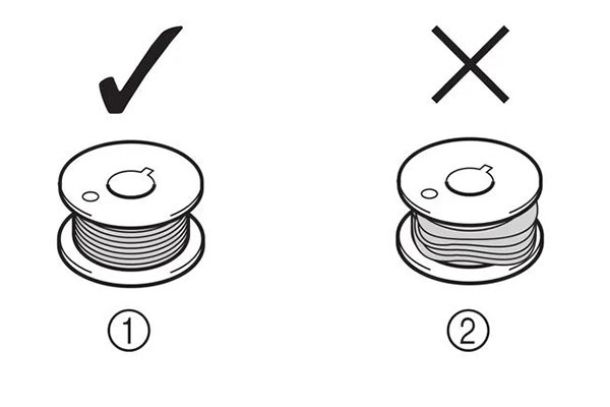
7. Bobbin Issues
Solution:
-
Rewind the bobbin evenly and ensure it fits snugly in the bobbin case.
-
Replace deformed or worn bobbins.
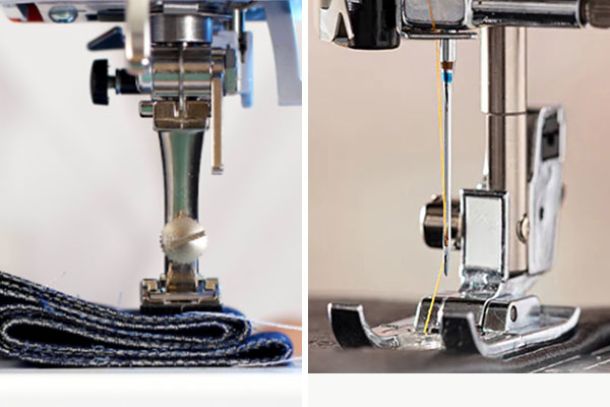
8. Fabric Characteristics
Solution:
-
Use stronger threads (e.g., nylon) and pair with heavier needles.
-
Apply fabric-specific lubricants to reduce friction on materials like leather.

9. Low Humidity Environment
Solution:
-
Use a humidifier to regulate humidity levels.
-
Briefly condition the thread in a humid environment (avoid over-moistening).

10. Improper Handling
Solution:
-
Gently guide the fabric, allowing the feed dogs to advance it naturally.
-
Manually lift the presser foot to adjust positioning at complex corners.
Troubleshooting Summary:

-
Prioritize checking the needle and threading (accounts for over 60% of thread breakage issues).
-
Test different fabrics and threads to rule out compatibility issues.
-
Gradually adjust tension, speed, and other parameters to observe improvements.
-
Perform regular machine maintenance to prevent dust buildup or component wear.
By systematically addressing these factors, most thread breakage issues can be resolved efficiently



